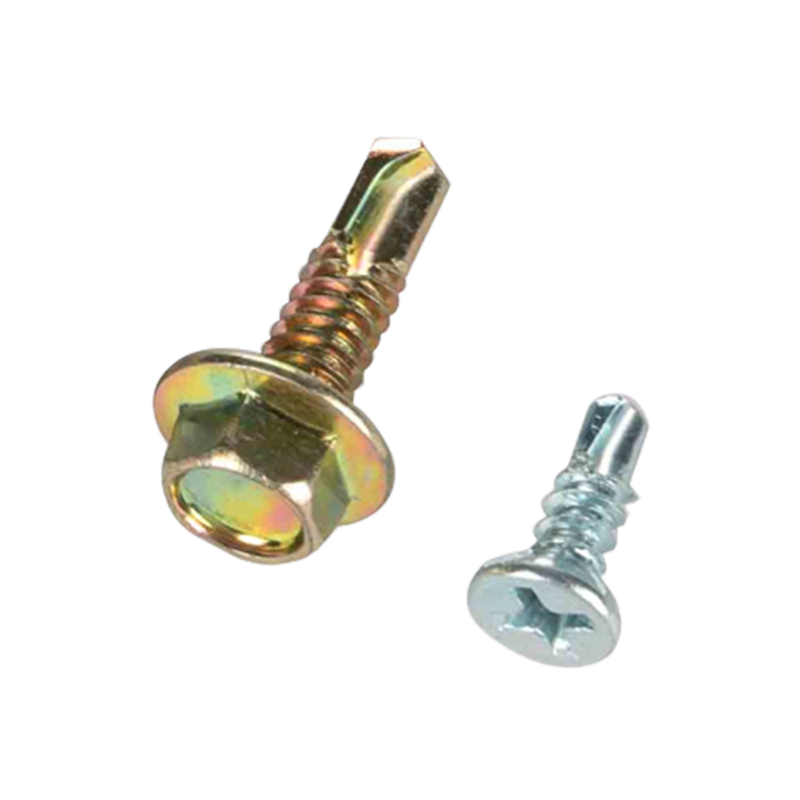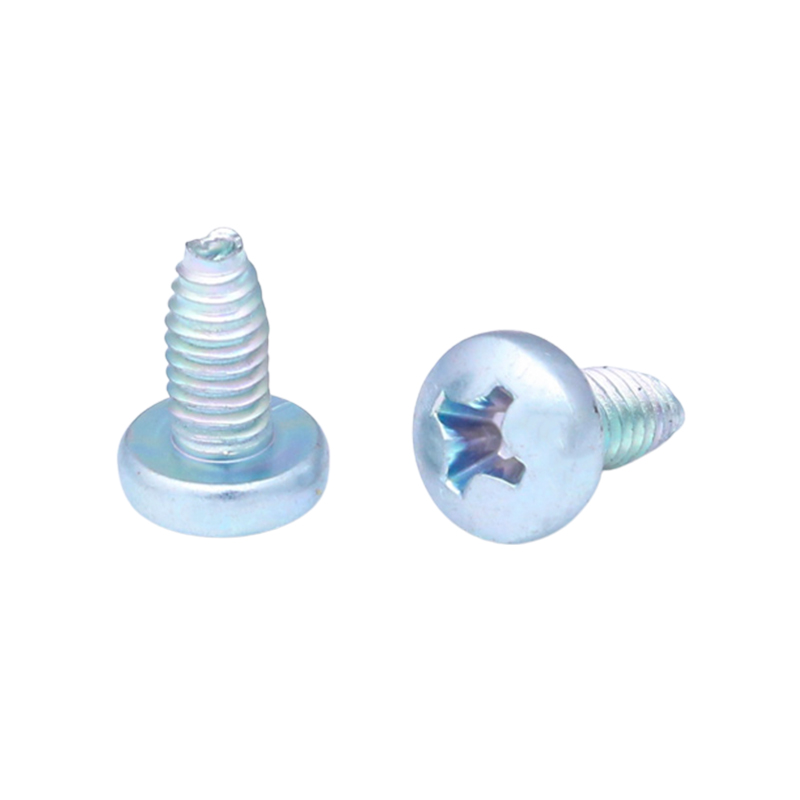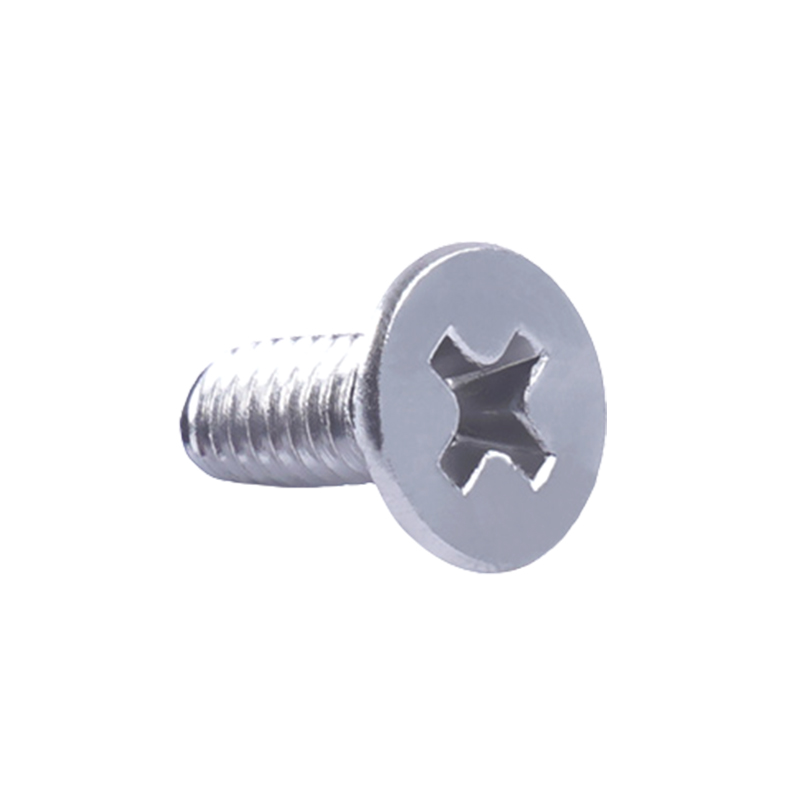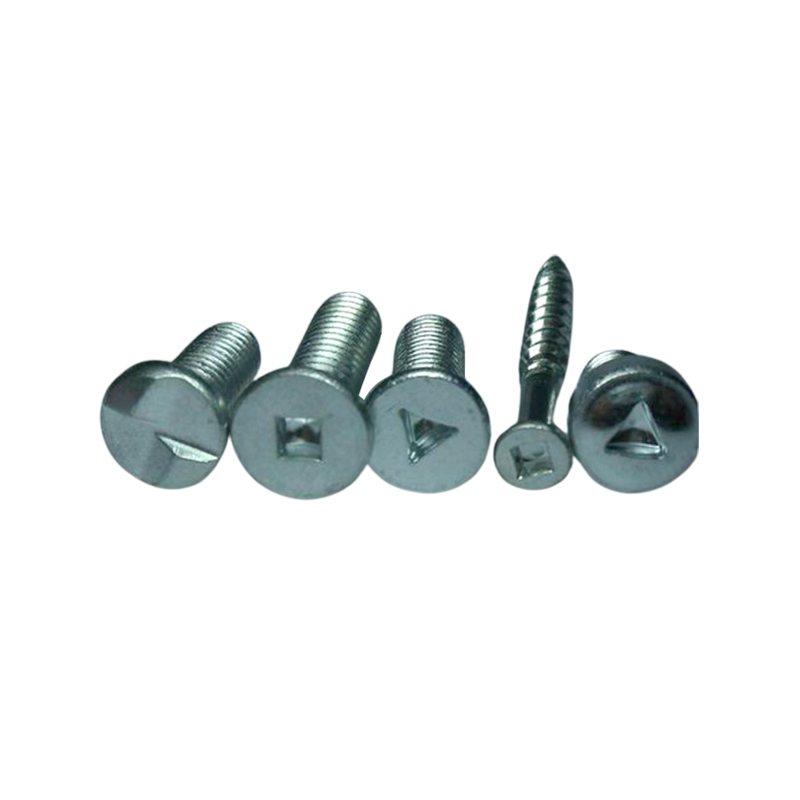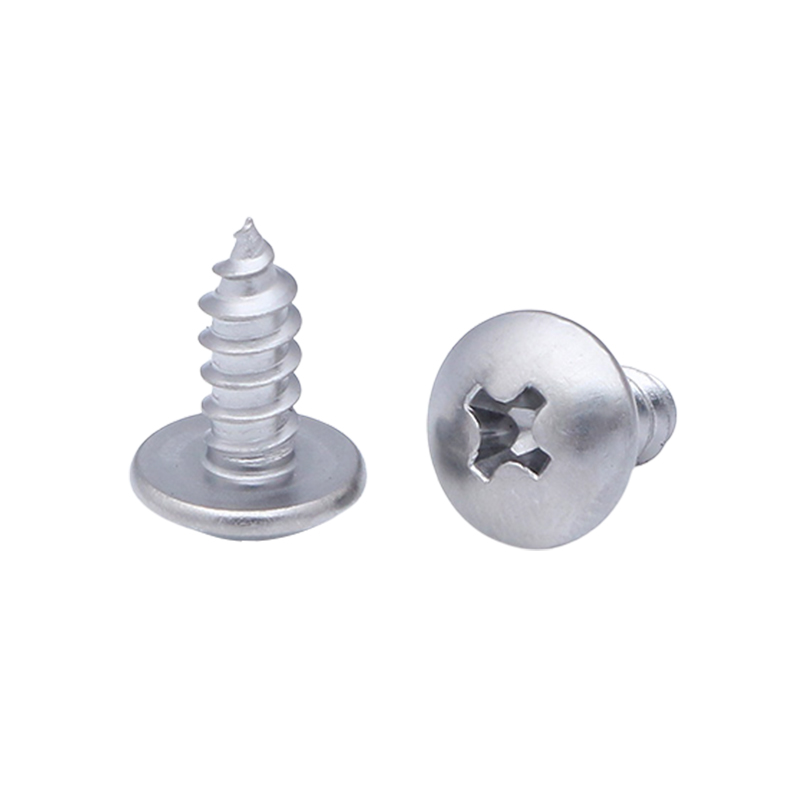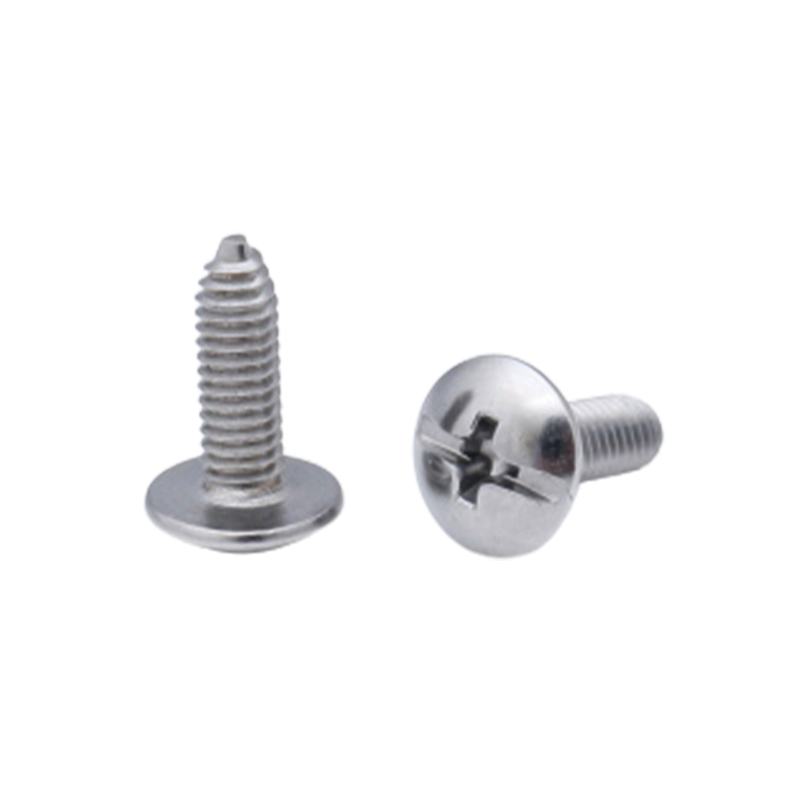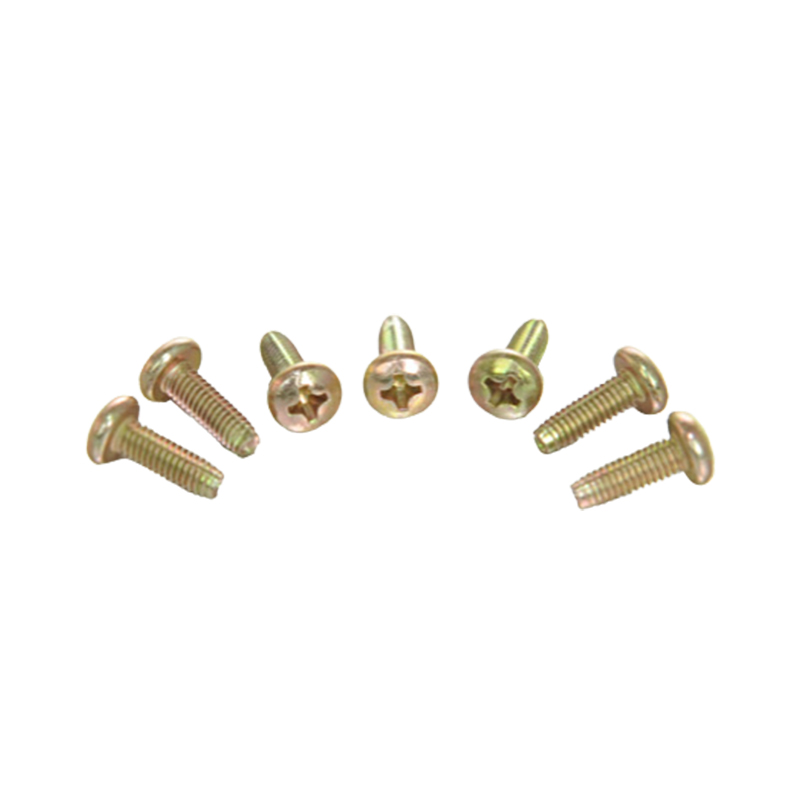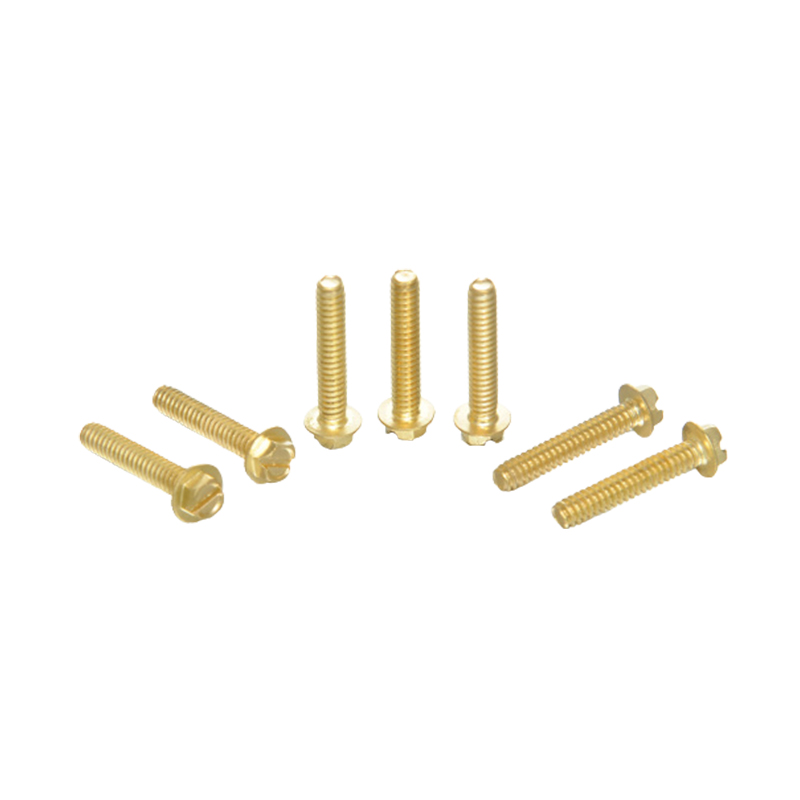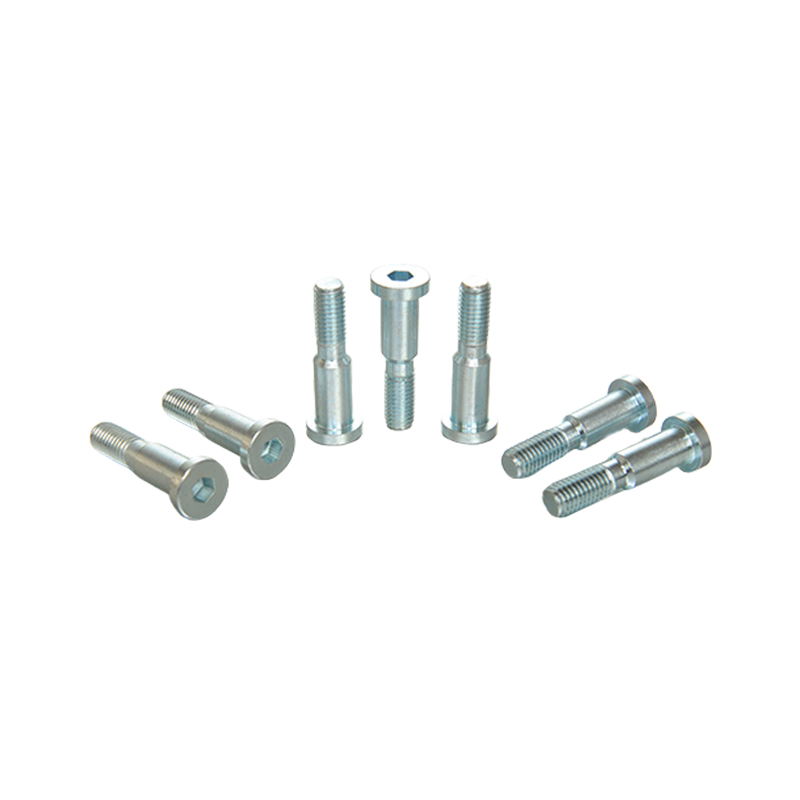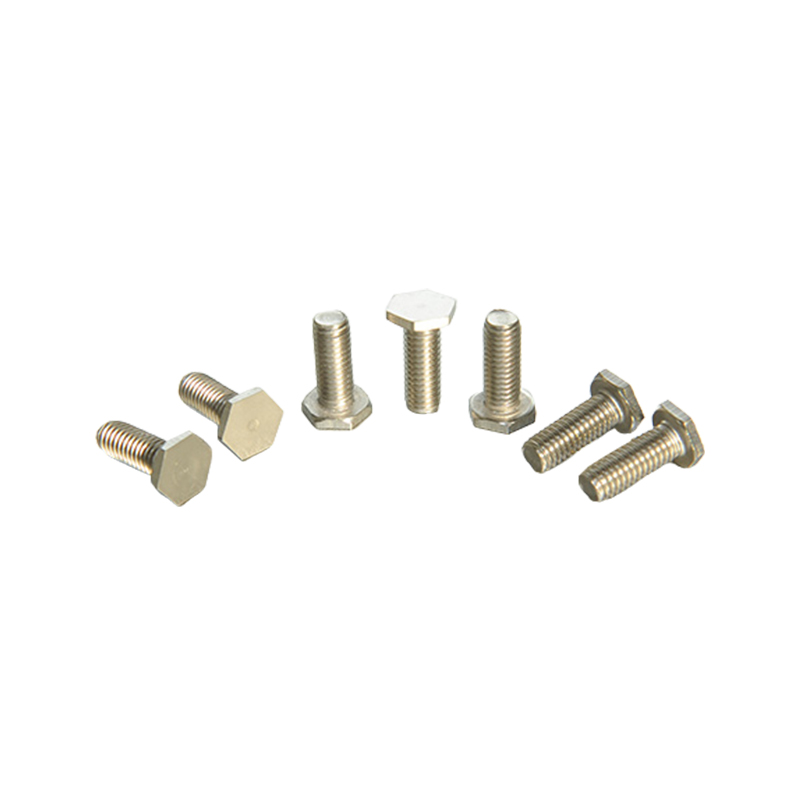As a common fastener material, stainless steel screws have been widely used in various engineering and assembly applications. Whether they meet the fastening requirements and ensure the stability of installation is the focus of many engineers and technicians. This article will explore the fastening performance of stainless steel screws and their guarantee of installation stability from multiple aspects such as material properties, mechanical properties, corrosion resistance and actual application effects.
From the perspective of materials, stainless steel has strong oxidation resistance and corrosion resistance. Compared with ordinary carbon steel screws, stainless steel screws can maintain good performance in humid, salt spray and chemical corrosion environments. This feature makes it particularly outstanding in outdoor, seaside and some special industrial environments, avoiding the reduction or breakage of screw strength due to corrosion, thereby ensuring the long-term reliability of fasteners. Corrosion will weaken the tightness of thread engagement, causing the installation parts to loosen or even fall off, while the corrosion resistance of stainless steel effectively prevents this problem.
The mechanical properties of stainless steel screws are also critical. Reasonable strength and appropriate hardness are the basis for ensuring that fasteners can withstand loads and will not deform. Through special heat treatment and manufacturing processes, stainless steel screws can achieve sufficient tensile strength and yield strength to ensure that they can withstand torque without damaging the threads during installation. In addition, its toughness and fatigue resistance enable it to remain fastened when subjected to repeated vibration and impact, preventing loosening and failure. Appropriate mechanical properties are directly related to whether the fastener can firmly fix the connected parts in the predetermined position.
The design and dimensional accuracy of stainless steel screws also affect the stability of installation. High-quality stainless steel screws usually have strict dimensional tolerances and standardized thread shapes, which can achieve good meshing with nuts or prefabricated threaded holes to ensure uniform force and fastening effect. Precision machining of threads reduces friction resistance and misalignment risks during installation, making the installation process smoother and the fastening effect more reliable. Installation stability depends not only on materials, but also on the manufacturing accuracy of the fasteners themselves.
From the perspective of practical application, stainless steel screws play an important role in many key areas. Stainless steel fasteners are widely used in many industries such as building structures, machinery manufacturing, electronic equipment, and shipbuilding. After installation, these screws can maintain the stability of the connection under complex environmental conditions and reduce the frequency of maintenance and replacement. Especially in environments with frequent vibration or large temperature changes, stainless steel screws rely on their mechanical properties and corrosion resistance to keep the connection tight and not loose, thereby ensuring the safety and durability of the overall structure.
To ensure the stability of installation, the selection of stainless steel screws must also be combined with specific working conditions and requirements. The model, size, strength grade, surface treatment method, etc. of the screws must be reasonably selected according to the actual application environment. Wrong selection or improper installation will also affect the fastening effect and even cause safety hazards. Therefore, in the process of use, in addition to relying on the good characteristics of the stainless steel screws themselves, correct installation technology and appropriate torque control are also very important.
Stainless steel screws have the basic conditions to meet the fastening requirements and can ensure the stability of installation. Its corrosion resistance provides protection for fasteners in harsh environments, its mechanical properties meet the needs of load bearing, its manufacturing accuracy ensures the precision and firmness of fastening, and good application practice proves its reliable performance in a variety of projects. Of course, in order to achieve the best installation effect, it is also necessary to reasonably select and use stainless steel screws in combination with the specific environment and installation process. Through scientific selection and standardized installation, the advantages of stainless steel screws can be fully utilized to ensure the safe and stable operation of equipment and structures.


